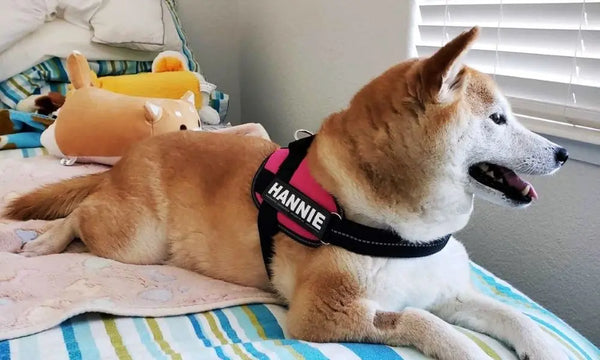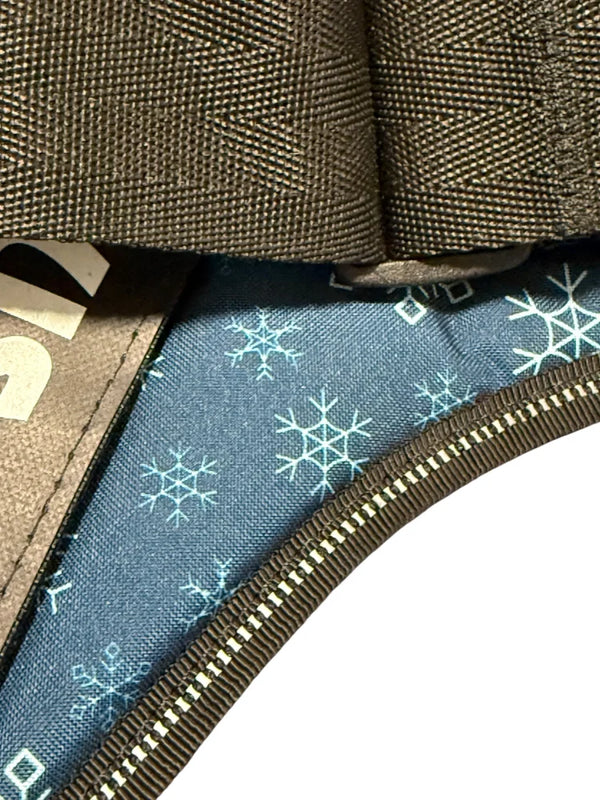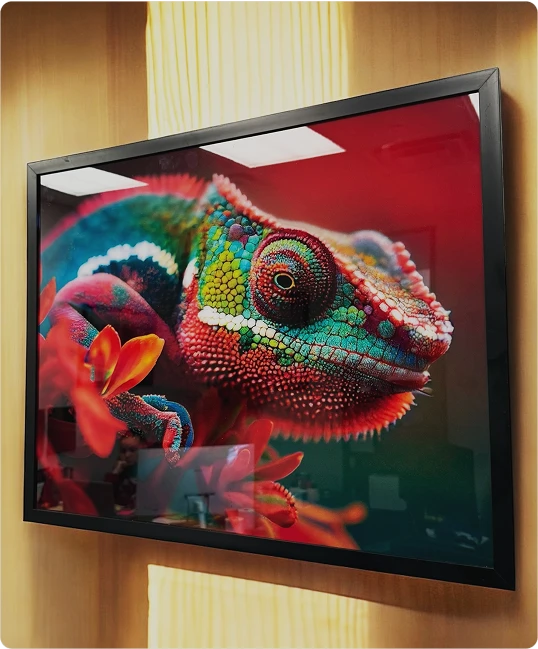
How To Train a Dog With Separation Anxiety

Dogs are natural pack animals. From what we know about the history of canines and their lineage tracing back to ancient wolves, it’s no sudden surprise that they’re prone to separation anxiety. A dog’s owner is a distinct member of their pack, and when that member goes missing or steps out of sight, dogs can naturally get nervous, anxious, and insecure.
Over time, a dog will adapt to the routine of its owner and understand that you will return soon. However, this is not the case for every beloved canine companion. If you’re curious about why your dog is freaking out and what you can do about it, let’s take a closer look at how to train a dog with separation anxiety. Soon, you’ll be able to leave your dog home alone without feeling guilty.
Why Dogs Suffer From Separation Anxiety
Dogs can have trust issues. For some dogs, separation anxiety is innate to their breed or class, as working dogs tend to see their owners as their “jobs” and feel lost when you are not in their vicinity. For others, their owners are simply their whole world. Rescue dogs who have finally found a human to trust can latch on far too strongly. Furry friends who weren’t often left alone may have never learned how to be independent.
Either way, we may never fully understand why certain dogs tend to develop this type of anxiety and why others don’t under similar circumstances. There is no clear, outlined explanation. What we do know is that a variety of changes in a dog’s life can cause it to act out. These behaviors are just a single aspect of their response to these changes.
When Separation Anxiety Tends To Occur
As stated above, changes in a dog’s life generally trigger separation anxiety. This anxiety tends to happen when a dog has never or rarely ever been left alone. It can also occur after a lengthy interval of time when a dog and its owner have been together 24/7—like during a vacation or lockdown due to a pandemic. It can even happen after a traumatic event in which the dog has experienced loss, suffering, or routine structure adaptations.
Signs of Separation Anxiety
What are the truest signs of separation anxiety? You may have noticed several peculiar or isolated behaviors from your dog. Separation anxiety manifests in many different ways, and dogs can become frantic, distressed, or destructive. Try to determine whether your dog is simply being disobedient or suffering from legitimate separation anxiety. Like human children who act out because they do not know how to verbalize their feelings, canines are actively responding to the situation or environment around them.
The mere absence of their owner, friend, and companion can cause a dog to lash out and project their emotions into physical behaviors. More dramatic behaviors include excessive barking, whining, and howling. They may also pace around when you’re out of their line of vision, or dig and scratch at closed doors and windows when you are outside. They could even destroy or chew items and furniture when you’re away, or have “accidents” even though they are already housebroken. Additionally, your dog may follow you from room to room obsessively, or attempt to escape their “confinement” when they are left alone.
What’s Your Dog’s Threshold?
Before training your dog to cope with being left alone, you need to know your dog’s threshold for separation. If you can, set up a camera to view their behavior for yourself. How long does it take for your dog to start showing signs of anxiety after you leave? How severe is their behavior?
With this knowledge in mind, you can better approach training and treatment. You will need to refine select strategies to curb their behaviors and help your dog cope with the current situation. Let’s go over how to train a dog with separation anxiety based on this insight.
How To Help: Behavior Modification
Behavior modification training is the ideal method for treating separation anxiety in dogs. However, this training is a two-fold process and is certainly not a quick fix. Stress-based behavioral training takes time and patience to see permanent results. You need to achieve a complete changeover of their perspective on what it means to be alone. This begins by directly addressing those underlying problems.
For more minor separation anxiety, you can utilize an assortment of techniques, such as keeping your arrivals and departures from the home low-key—using subtle safety cues to ease your way into leaving and providing your dear pup with a steady and calm greeting after coming home—and leaving an article of clothing that smells like you for their peace of mind. These techniques, as well as systematic desensitization, will build up a stronger foundation of required comfort.
For more severe separation anxiety, you need further incremental practice to lessen triggers and establish your leadership. You may find it best to bring in a professional who can create a training program suitable for your dog’s needs. Behavior modification is only possible when your dog is comfortable enough to be left alone and become more self-confident. Positive reinforcement works wonders when utilized properly.
The Goal: Create Safe Alone Time
Keep your goal in mind as you work on gradually training and treating your dog’s behavior. You yourself will have to cope with the process as your dog unlearns its panicked behaviors—remember that there could be regression, delayed responses to your efforts, or new triggers that come into play. Hold onto the hope that you will reach the intended goal.
Until you do, keep your dog healthy with an abundance of mental and physical stimulation, which includes the right tools, toys, and equipment. Daily exercise and safety are surely a necessity for your canine companion. Here at Julius-K9, we supply a variety of high-quality gear and equipment, such as collars, leashes, harnesses, and dog harness accessories. Browse through our durable and functional product collections today to find something great for your furry friend.




